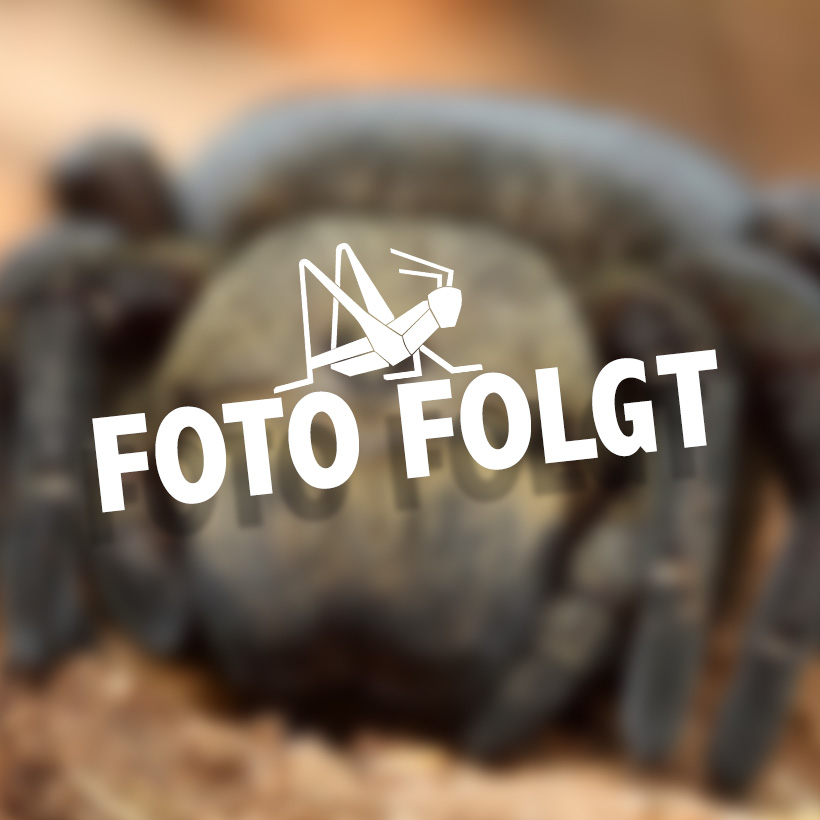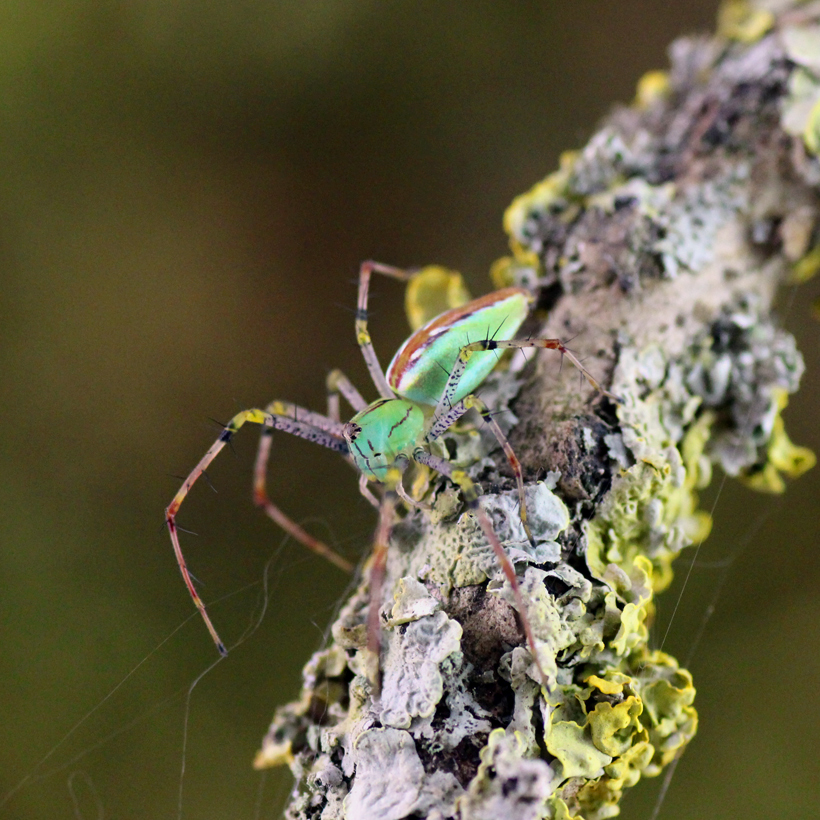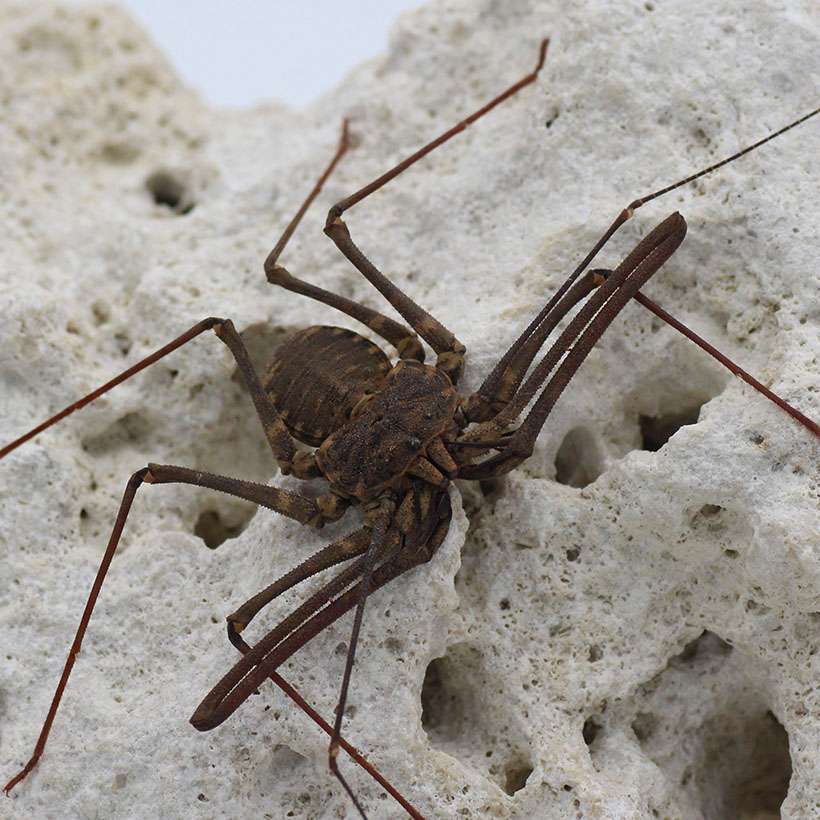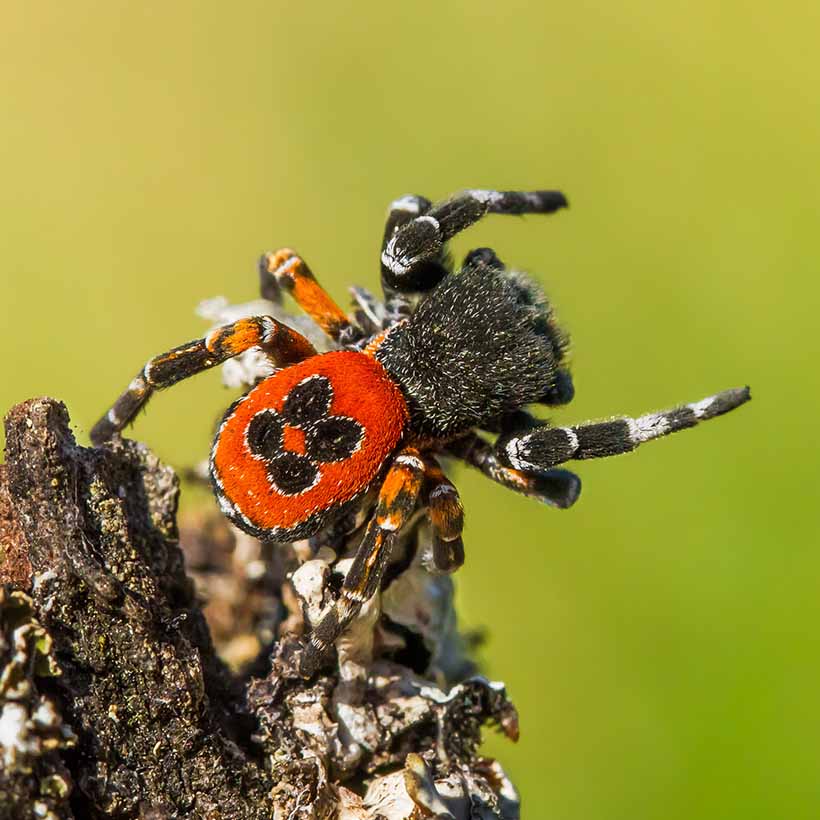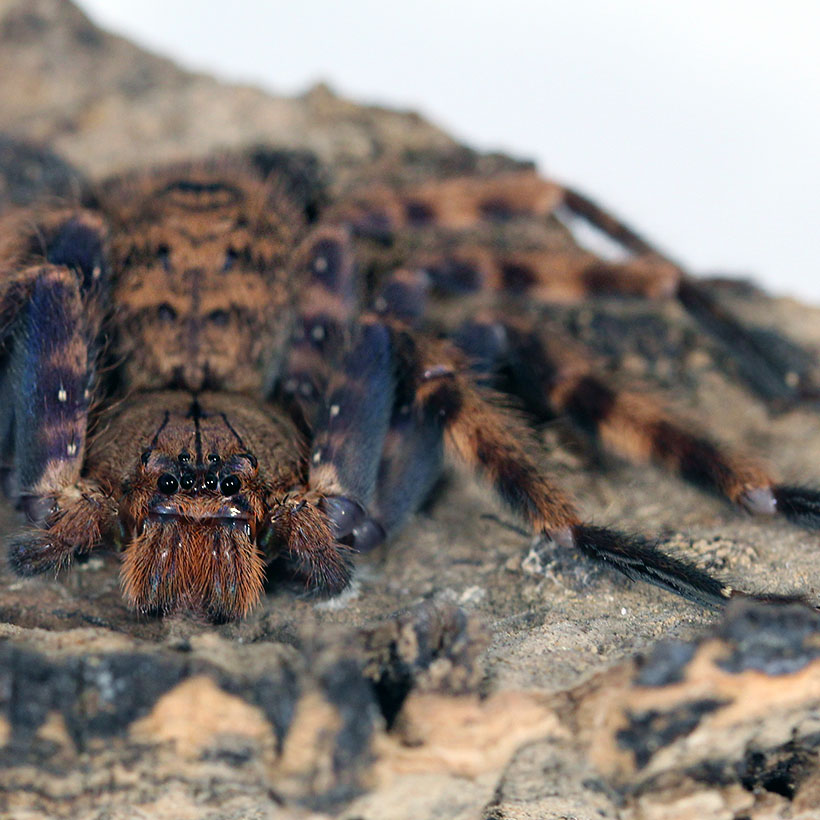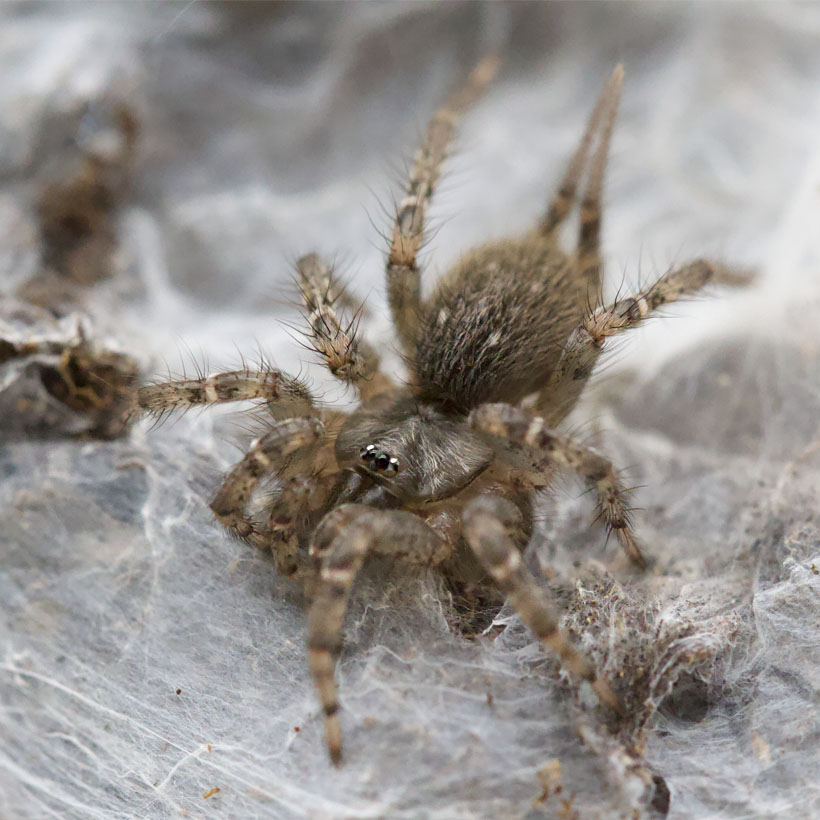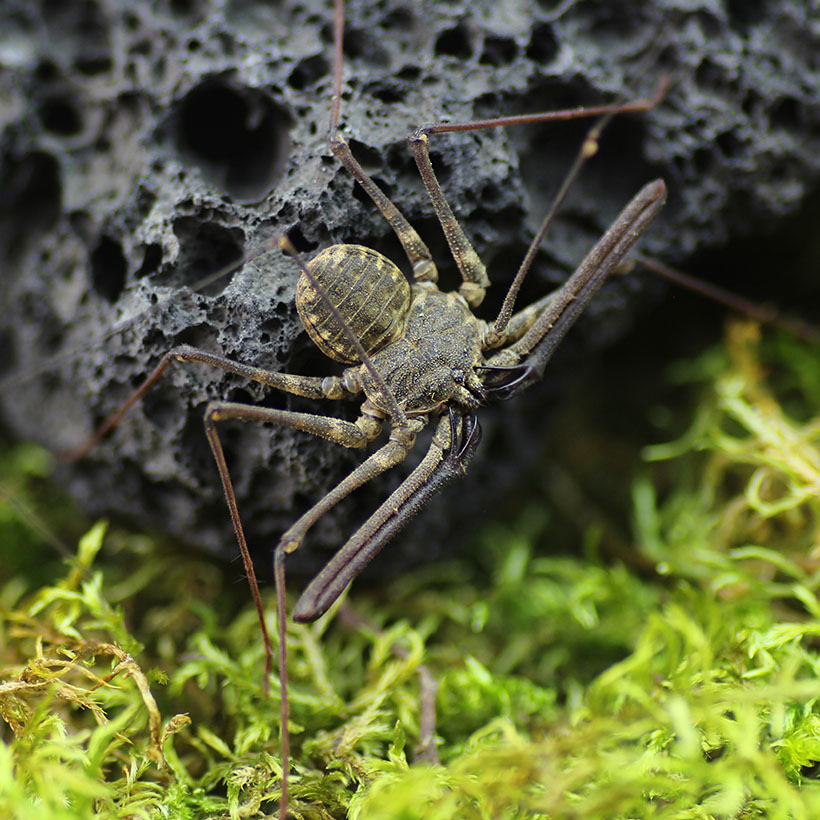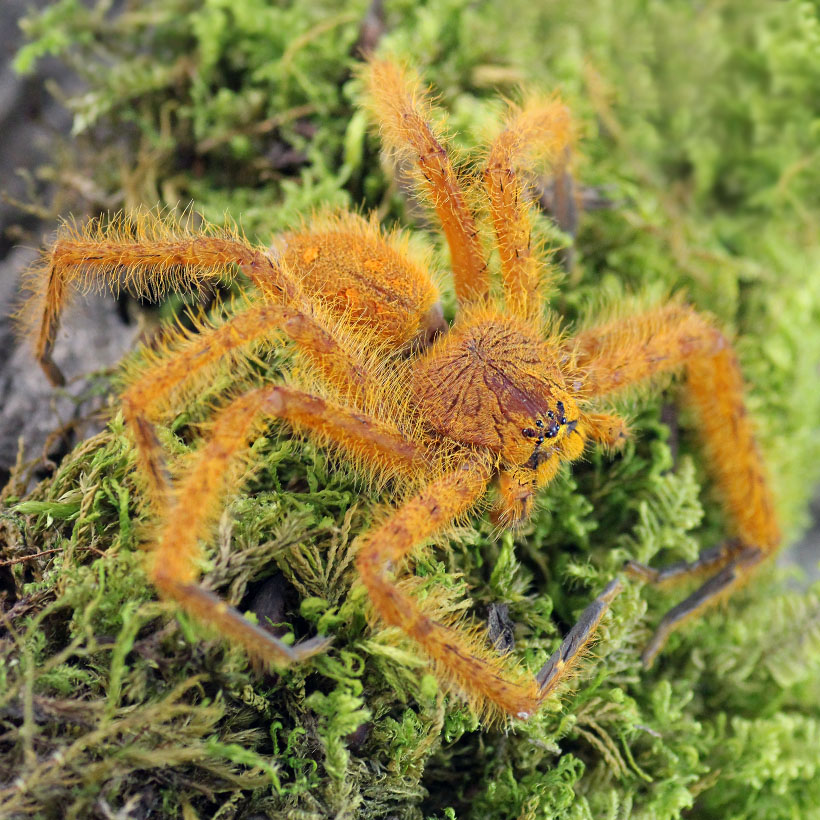Your cart is currently empty!
Light
Cameroon
3.5 CM
22-26 °C
Fascinating beauty: Barylestis variatus with a unique pattern
Barylestis variatus is characterized by its striking appearance, which is characterized by a contrasting pattern of dark and light stripes. This pattern gives them a unique and fascinating appearance.
The care of Barylestis variatus is comparatively uncomplicated. A terrarium with sufficient hiding places and climbing opportunities is ideal for this species. The humidity should be kept in the range of 70-80%. Regular spraying of the terrarium helps to maintain the humidity and ensure a healthy environment for these crab spiders.
Crab spiders (Thomisidae) are one of the most species-rich families of real web spiders! These lurking hunters are distributed worldwide and feel at home in various habitats from the temperate climate zone to the tropics. A few species can even be found in subarctic or alpine regions. As two-clawed spiders (Dionycha), they are excellent climbers and move effortlessly through higher vegetation.
The characteristic feature of crab spiders is their extremely long front pair of legs. In some males, the first pair of legs can even be three to five times as long as the rear pair of legs. These pairs of legs are held slightly bent forward when at rest, giving the spiders their characteristic appearance, which is reminiscent of a crab with large claws. These special limbs also enable crab spiders to walk sideways, which clearly distinguishes them from most other spider families. Some species are also characterized by a brightly coloured abdomen, which is particularly striking.
Barylestis variatus are pure lurking hunters and do not build trapping nets. Many native species do not even weave webs. Instead, they use their ability to produce silk in other ways. In dangerous situations, they can drop securely by the thread and fall into a hanging stupor to protect themselves.
With their fascinating appearance and unique hunting behavior, crab spiders are an exciting pet for any nature lover. Their diversity and adaptability make them fascinating creatures to discover.

